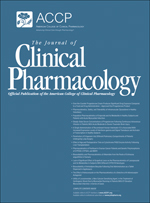
“While medical marijuana use is legal in more than half of U.S. states, evidence is limited about the preparation of physicians-in-training to prescribe medical marijuana. We asked whether current medical school and graduate medical educational training prepare physicians to prescribe medical marijuana.
Our study highlights a fundamental mismatch between the state-level legalization of medical marijuana and the lack of preparation of physicians-in-training to prescribe it. With even more states on the cusp of legalizing medical marijuana, physician training should adapt to encompass this new reality of medical practice.”
https://www.ncbi.nlm.nih.gov/pubmed/28892720
http://www.drugandalcoholdependence.com/article/S0376-8716(17)30441-6/fulltext








